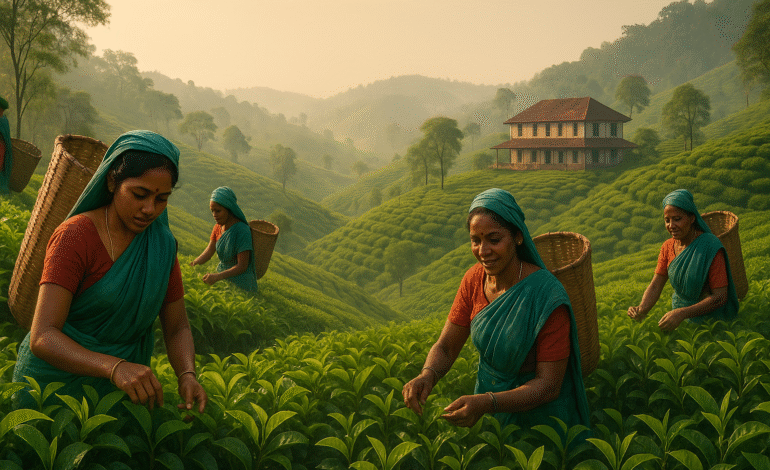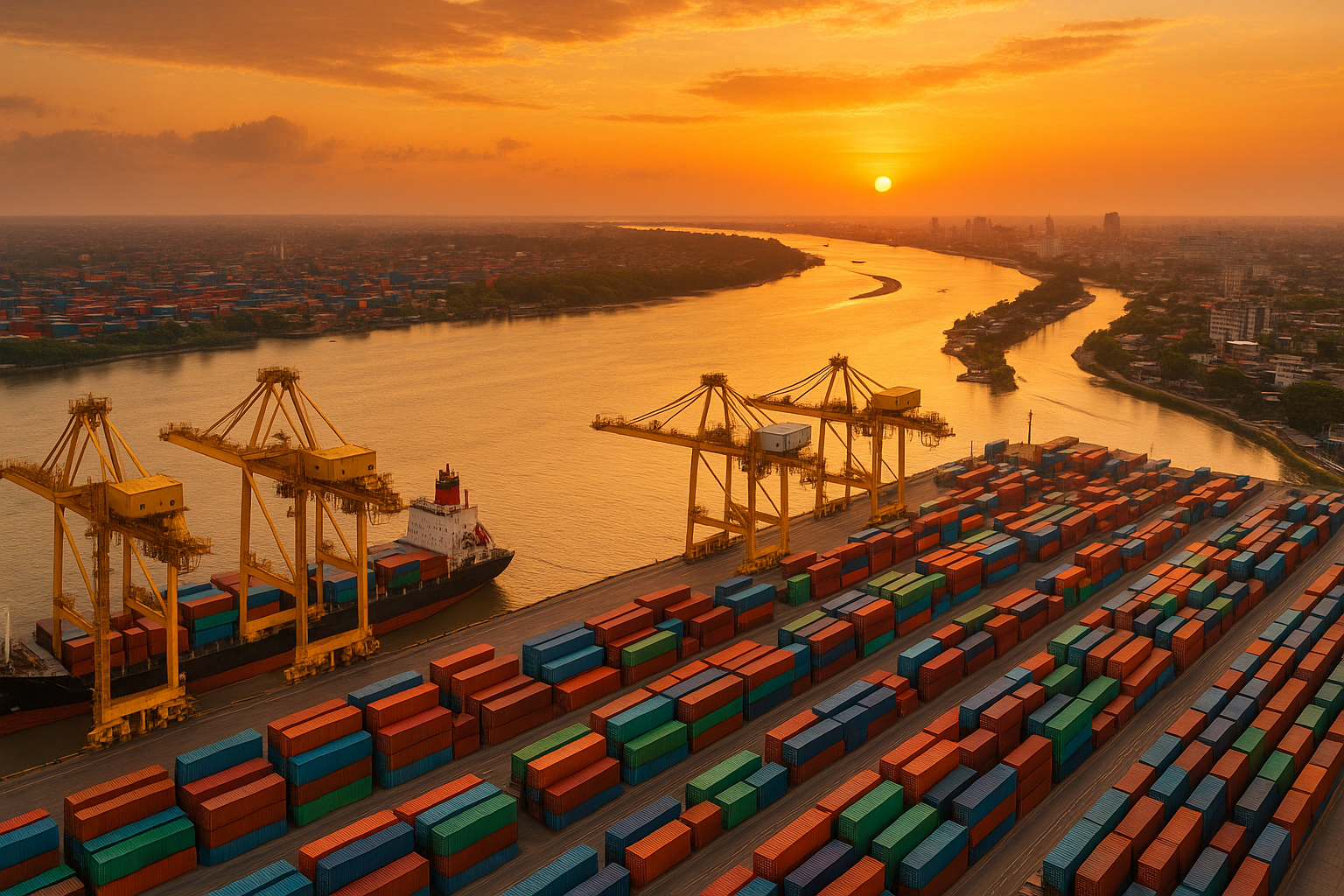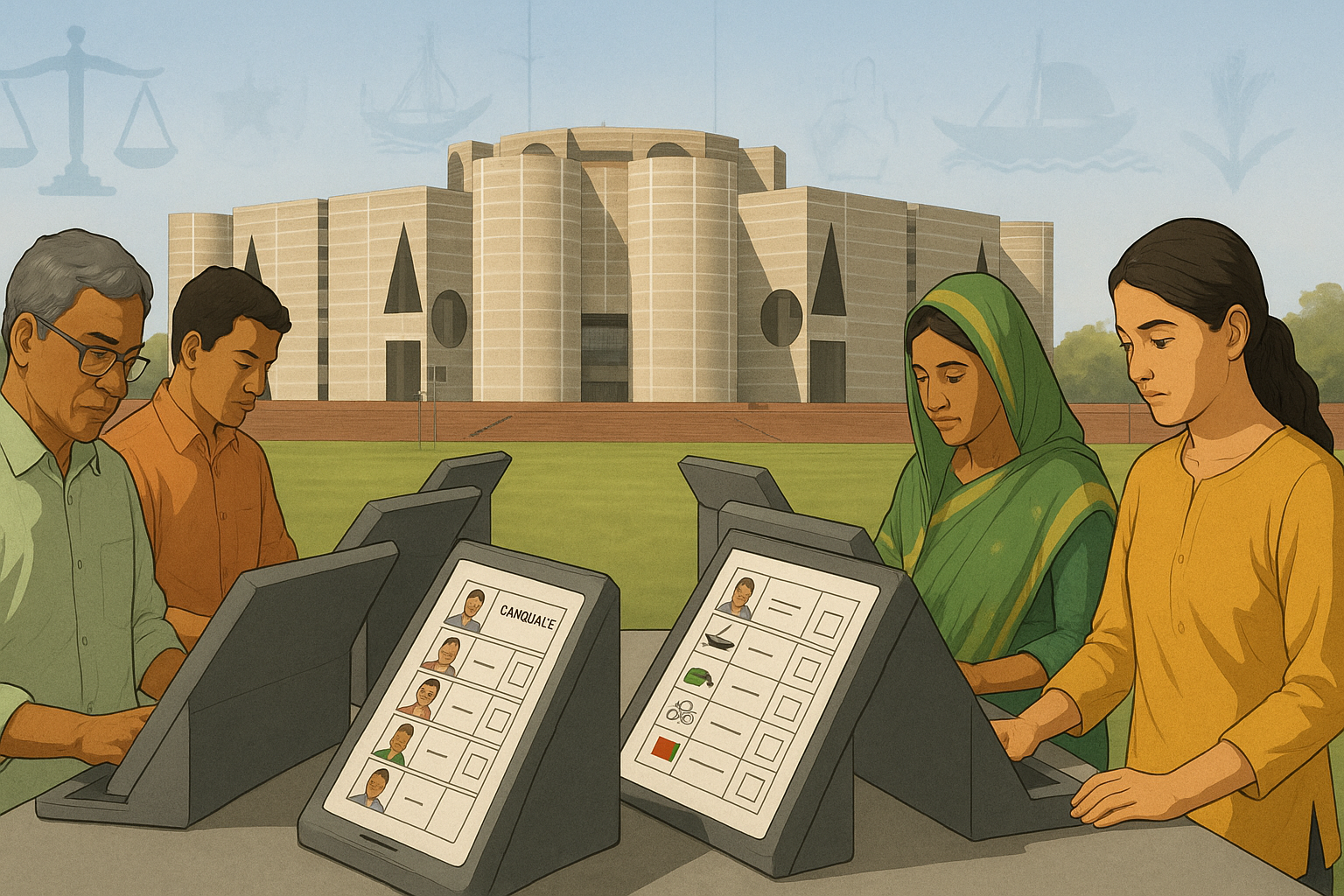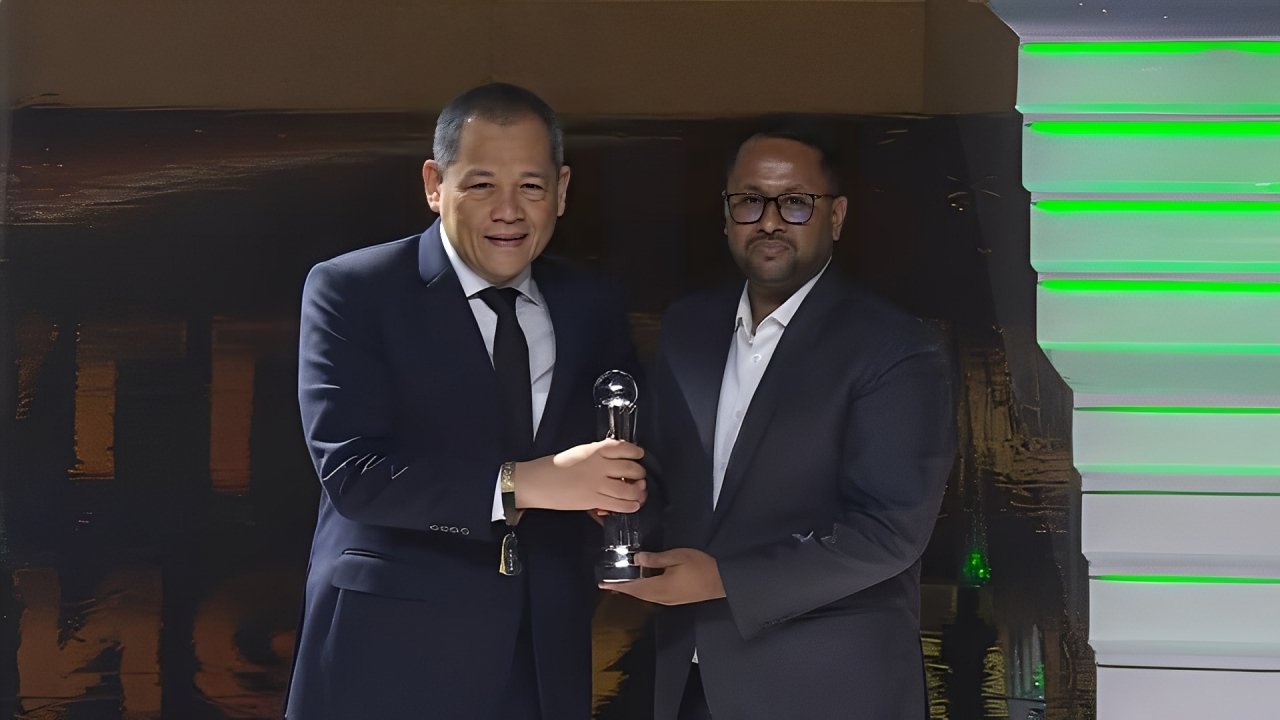The Tea Industry of Bangladesh: Tradition Meets Global Growth

The Story Behind the Tea Industry of Bangladesh
The tea industry of Bangladesh is a legacy of heritage, hard work, and global ambition. For over a century, tea has been one of the nation’s most valuable exports and an important part of rural livelihoods. From the misty hills of Sylhet and Srimangal to the rolling green estates of Chittagong and Panchagarh, tea cultivation shapes the cultural and economic landscape of the country.
Bangladesh ranks among the top ten tea-producing countries in the world. According to the Bangladesh Tea Board, the country produces nearly 3 percent of global tea output, making it a small but significant player in the international market. You can explore detailed statistics on Bangladesh Tea Board’s official website and reports from the Food and Agriculture Organization (FAO).
However, while the tea industry remains vital, it also faces evolving challenges related to production, climate change, and global competition.
The Historical Roots of Tea in Bangladesh
Tea cultivation in Bangladesh began in 1854 when the first commercial tea garden was established in Malnicherra Tea Estate in Sylhet during British rule. Since then, tea has become deeply embedded in the country’s economy and identity. By the 1950s, Bangladesh’s tea plantations covered thousands of hectares across the northeast.
After independence in 1971, the Bangladesh Tea Board was formed to regulate and promote the industry. Over the years, tea has remained a key source of foreign exchange and rural employment. Today, there are over 168 registered tea estates, producing high-quality black, green, and specialty teas.
Tea is not only an export product but also a part of daily Bangladeshi life. The popular “cha” culture has made tea an emotional bond among people across all classes and regions.
Production Trends in the Tea Industry of Bangladesh
As of 2025, Bangladesh’s tea production target stands at 103,000 metric tons, slightly below the 2024 target of 108,000 tons. However, actual output has been slower than expected. By May 2025, the country had produced 12,601 metric tons, which is behind the pace of previous years.
Despite these shortfalls, the long-term growth trend remains positive. In 2023, total production reached 102,000 metric tons, showing a gradual recovery from pandemic disruptions. The Sylhet, Moulvibazar, and Habiganj districts together contribute around 75 percent of total production, while newer estates in Panchagarh are rapidly expanding output in northern Bangladesh.
Data from the Bangladesh Tea Research Institute (BTRI) indicates that improved irrigation and better clone varieties are helping increase yields per hectare. The average yield has risen to about 2,200 kg per hectare, though this still trails behind leading producers like Kenya and India.
Export Performance and Global Reach
The tea industry of Bangladesh exports to a growing number of countries, including Pakistan, UAE, Russia, and the United States. However, domestic consumption has increased sharply, limiting export volumes.
According to the Export Promotion Bureau (EPB), Bangladesh exported around 8 million kilograms of tea in 2024, earning nearly $25 million in foreign exchange. While this is modest compared to earlier decades, it reflects a strategic shift toward satisfying the strong domestic market, where per capita tea consumption has doubled in the last ten years.
Bangladesh contributes around 3 percent of global tea production, with most estates focusing on black tea varieties. The Chittagong Tea Auction remains the heart of pricing and distribution, where auction data shows regular fluctuations in demand and average prices.
To learn more about international trade data, visit the Export Promotion Bureau or global commodity platforms like World’s Top Exports.
Market Dynamics and Price Trends
The Chittagong Tea Auction, one of the oldest continuous auctions in Asia, plays a central role in Bangladesh’s tea economy. It regulates pricing, ensures quality control, and connects local producers with domestic and international buyers.
In recent years, prices have fluctuated due to factors such as climate variability, global market competition, and domestic consumption patterns. In 2024, the average auction price was Tk 224 per kilogram, slightly higher than Tk 210 in 2023.
However, competition from India, Sri Lanka, and Kenya continues to influence Bangladesh’s export performance. These countries dominate premium tea markets, leaving Bangladesh with narrower profit margins.
The Role of Sylhet in the Tea Industry
The Sylhet region is the birthplace and backbone of the tea industry of Bangladesh. With more than 135 tea estates, Sylhet alone contributes about half of the total production. The region’s favorable climate, fertile soil, and experienced workforce make it ideal for cultivation.
Famous tea gardens like Malnicherra, Lakkatura, and Tarapur attract thousands of tourists every year. Beyond production, Sylhet’s tea estates play a crucial role in promoting eco-tourism and cultural heritage. Local workers, many from ethnic minority communities, form the heart of this industry, maintaining a tradition passed down through generations.
Challenges Facing the Tea Industry of Bangladesh
Despite its economic importance, the tea sector faces several challenges. The most critical include:
- Climate Change: Erratic rainfall, rising temperatures, and soil erosion affect tea yield and quality.
- Labor Shortages: Many young workers are leaving estates for better-paying urban jobs.
- Low Wages: Tea workers earn around Tk 170–200 per day, one of the lowest agricultural wages in the country.
- Competition: Global competitors offer cheaper and more diversified products.
Addressing these issues requires innovation and policy support. The Bangladesh Tea Board has introduced modernization programs, including mechanized plucking machines and drip irrigation, to improve efficiency.
For detailed climate-related data, refer to the International Tea Committee (ITC) and research from the Bangladesh Tea Research Institute.
The Rise of Organic and Specialty Teas
One of the most promising developments in the tea industry of Bangladesh is the growing focus on organic and specialty teas. Global consumers are increasingly favoring sustainably produced and pesticide-free tea.
In response, several estates in Panchagarh, Srimangal, and Habiganj are adopting organic cultivation methods. These include the use of natural fertilizers, eco-friendly pest control, and shade-grown techniques that preserve biodiversity.
Specialty teas like green tea, white tea, and herbal blends are gaining traction in premium export markets. According to FAO reports, organic tea production in Bangladesh is expected to grow by 15 percent annually through 2030.
This shift not only improves export potential but also enhances environmental sustainability and brand value.
Social Impact and Women in Tea Estates
The tea industry of Bangladesh employs around 400,000 workers, of which nearly 60 percent are women. Most of them live in remote estate communities and rely entirely on tea work for their livelihood.
Women play a crucial role in plucking, sorting, and processing tea leaves. Empowering these workers through education, healthcare, and fair wages is essential for long-term sustainability. NGOs and organizations like CARE Bangladesh and BRAC have launched community projects to improve living standards and promote gender equality in tea estates.
Social enterprises are also supporting tea workers through microfinance, skills training, and small-scale entrepreneurship programs.
Future Outlook of Bangladesh’s Tea Industry
The future of the tea industry of Bangladesh looks promising but requires innovation and policy support. The government has set a vision to expand tea cultivation beyond traditional zones to northern districts like Lalmonirhat, Thakurgaon, and Nilphamari, where soil conditions are suitable.
By 2030, Bangladesh aims to produce 150,000 metric tons of tea annually, focusing on high-quality, value-added varieties. Automation, climate-resilient crops, and export diversification will be key drivers of this growth.
If implemented effectively, these steps could position Bangladesh as a global brand for quality tea while preserving its cultural legacy.
The Future of Tea in Bangladesh
The tea industry of Bangladesh stands at the crossroads of tradition and transformation. While its history reflects colonial heritage and cultural pride, its future depends on innovation, sustainability, and fair labor practices.
From the tea pickers in Sylhet to exporters in Chittagong, every cup of Bangladeshi tea carries the flavor of resilience and identity. As global tastes evolve, Bangladesh’s ability to blend heritage with modern standards will determine its place on the world stage.
The journey of Bangladeshi tea is not just about economics; it is a story of people, passion, and perseverance, a fragrant reminder that even small leaves can make a big difference.







